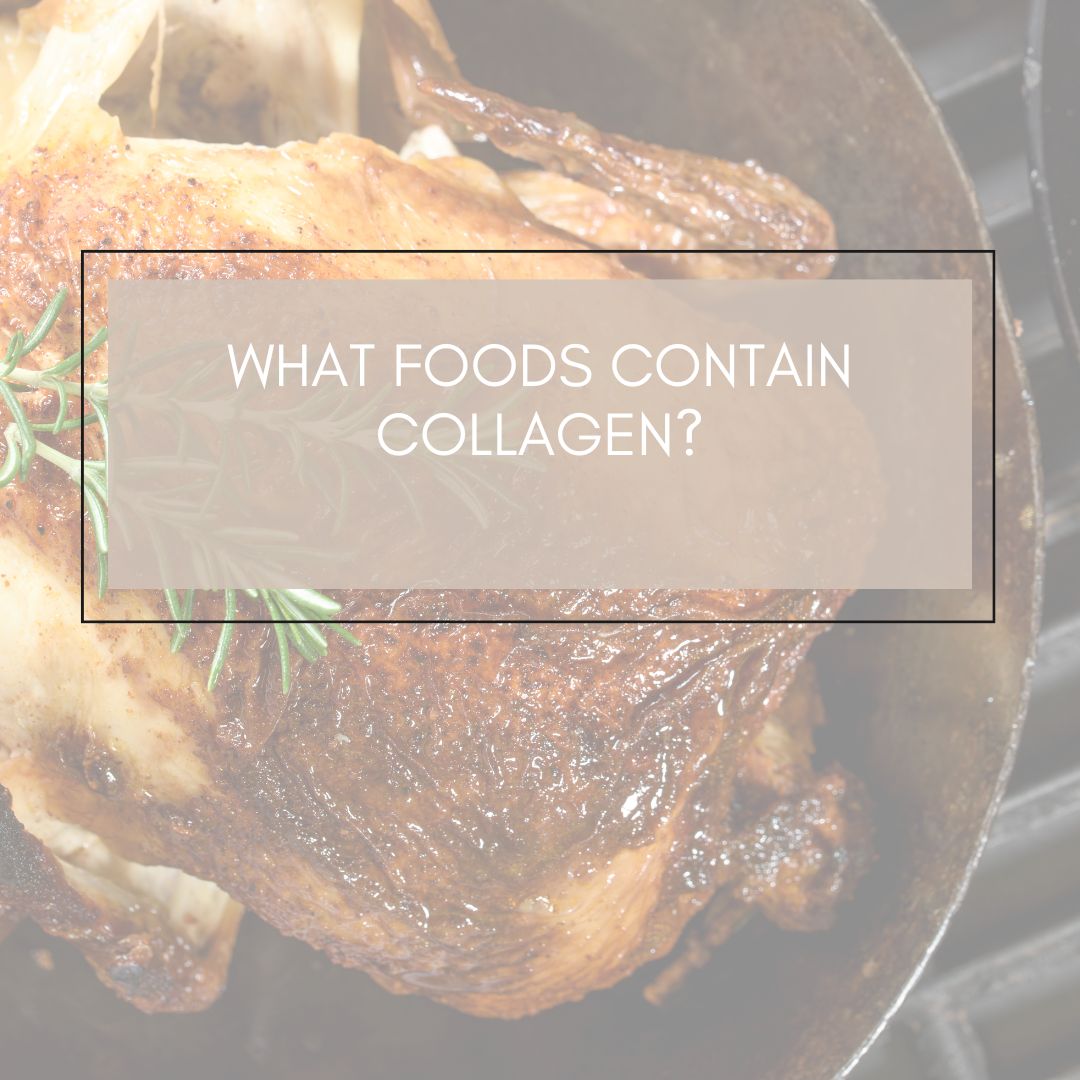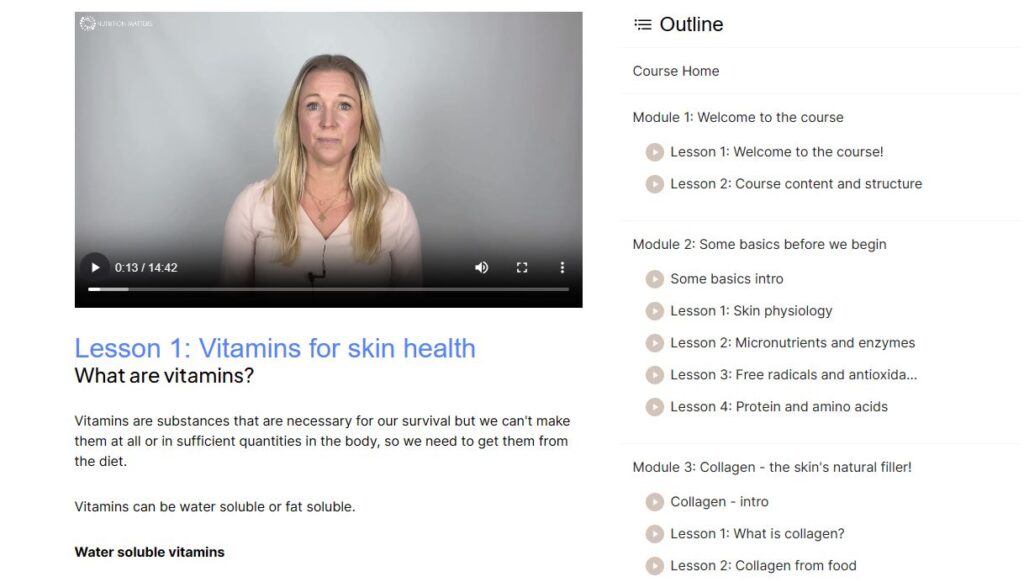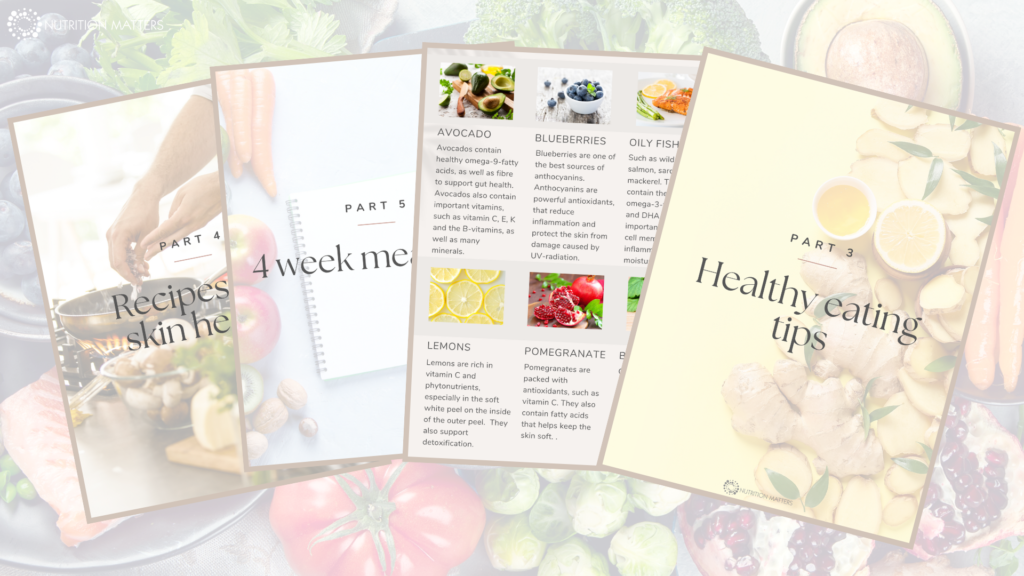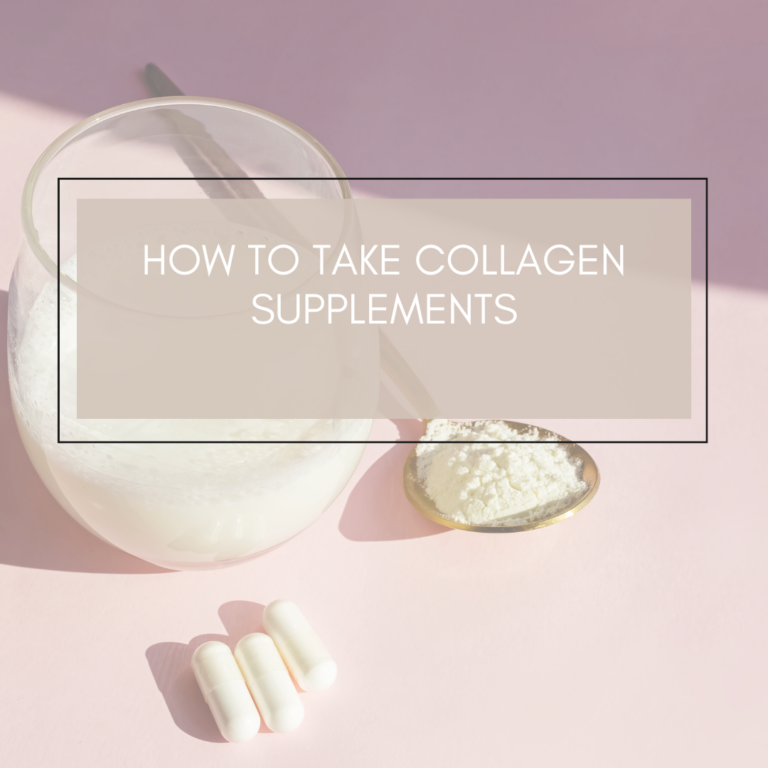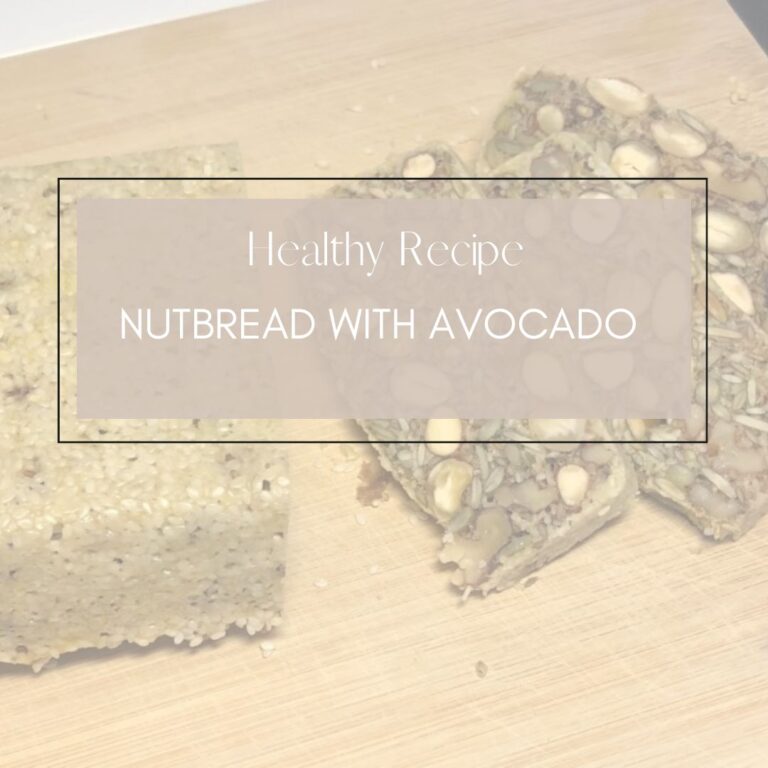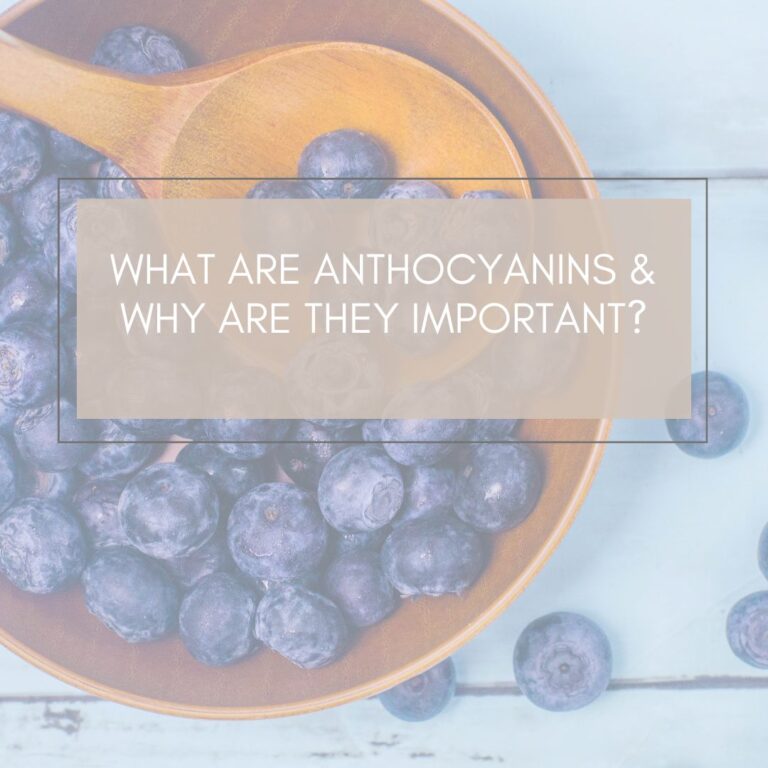What foods contain collagen?
In order to support collagen formation, we need to eat the right protein and amino acids to provide the building blocks for building collagen.
Collagen is a polypeptide, which means that it is a long chain of amino acids. In fact, it consists of a total amount of amino acids of around 1,500!!
Collagen, irrespective of its origin, contains 19 different amino acids, but the most abundant are glycine, proline, hydroxyproline and arginine.
Glycine, proline, and hydroxyproline contribute to 57% of total amino acids (AAs) in collagen.
When we eat foods or supplements that contain proteins that are made up of these amino acids, the proteins are first broken down into individual amino acids that are taken up in the gut.
Then new collagen is formed where there is a need. It is important to add the right amino acids and other nutrients for new collagen to be formed.
Sources of collagen from food
Foods from animals are good sources of collagen.
Bovine collagen is essentially cartilage from beef. This collagen is very similar to the collagen that we have in our bodies and it contains good amount of both types 1 and type 3 collagen. These are the main components of skin, hair, nails, gums, blood vessels and other structures of the body. Bovine collagen is rich in the amino acid glycin. If you make bone broth from beef sources, you will get bovine collagen.
Chicken and turkey cartilage, skin and other parts, such as legs, contain collagen.
Marine collagen is collagen from seafood, especially bones, skin and shellfish ligamends. Sardines are a good source of collagen.
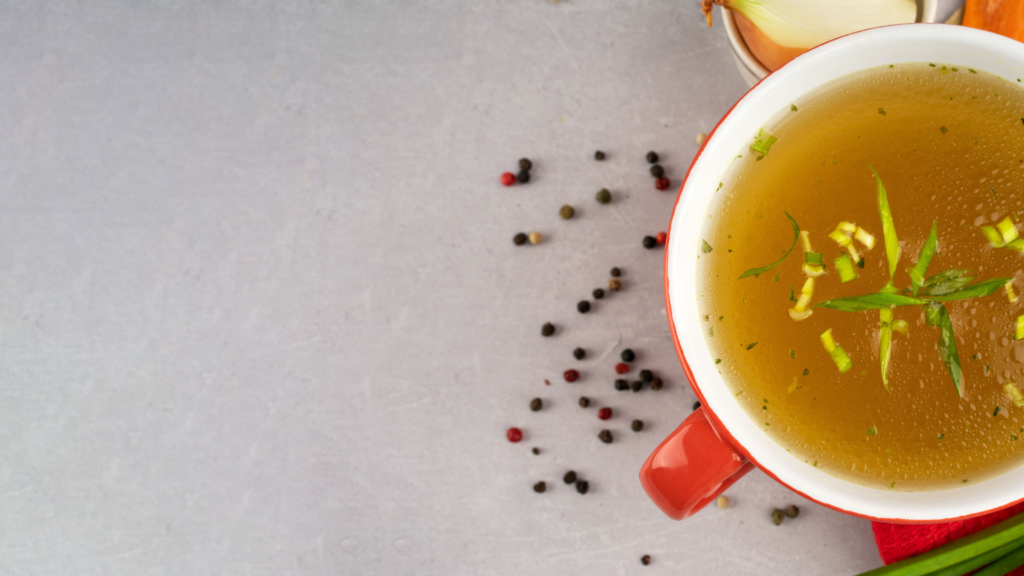
From nose to tail
You may have heard the expression “From nose to tail”! During our evolution, humans have always eaten the whole animal that we caught in the wild. Today, in our modern world, we eat mostly meat consisting of the animal’s muscles, but it is mainly in other parts that contain a lot of collagen, such as skin, cartilage, tendons and organs. That’s why bone broth is such a good source of collagen. Slow cooking meat with cartilage is also a good way of extracting collagen from the meat.
As mentioned above collagen consists of several different amino acids but is mostly made up of glycine, proline and hydroxyproline. These amino acids are found mainly in the different collagen rich parts of the animal, mentioned earlier, and also in large quantities in gelatin. Gelatin is a form of collagen found in foods and used by the food industry. It is a half way broken down form of collagen.
Protein is used where needed
It is important to know is that collagen is not absorbed by the body as collagen and then travels to the skin as collagen, but the protein we eat is broken down into amino acids. The amino acids are building blocks used to form new protein where needed.
If you have a low intake of collagen and low collagen status in the body, the amino acids you get from the food you eat may be used for more important structures, like bones or ligaments, rather than in the skin. That’s why it’s good to make sure you get sufficient collagen from your diet so that it can be used in the skin and not prioritised to more “important” parts of the body.
Food sources of collagen amino acids
So you’ll get the protein collagen from different food sources. You can also get the specific amino acids that make up collagen, however this is no guarantee that the body will use the amino acids to build collagen as they have other functions and uses in the body as well.
These are the main amino acids in collagen:
Glycine
Glycine is the amino acid that is most abundant in the collagen structure and it makes up 1/3 of the collagen. It is the simplest amino acid, which means it has the smallest structure. Glycine is found in foods rich in collagen, mainly bovine collagen (from beef), as it is a main component of collagen, gelatin, chicken skin, seafood, eggs and other meat and animal foods, especially parts like connective tissues of the animals, are good sources of glycine. It is also found in lesser quantity in legumes (such as soy, peas), lentils, peanuts, dairy products.
Proline
Proline is important for tissue repair and for the production of health cells. It is formed from glutamic acid, another amino acid also found in collagen. It is abundant in high protein animal foods such as liver, meat, egg whites (eat the yolk too, it’s packed with other nutrients for the skin), bone broth and seafood. You can also get some proline from dairy, legumes, avocados and nuts.
Hydroxyproline
Hydroxyproline is made up of lysine and proline and makes up around just over 10% of all collagen in the body. Collagen is the only protein that has hydroxyproline and you can’t get hydroxyproline from any other dietary source than from collagen. Turkey skin is the best source of hydroxyproline but other foods have good amounts as well, such as chicken skin, bacon.
Arginine
Arginine is another amino acid found in collagen. It is also called L-arginine because of its shape. Excess intake of arginine can block production of the amino acid lysine, an amino acid used to treat cold sores (herpes in the corner of the mouth). Some food sources of arginine include meats (especially white meats such as turkey and chicken), nuts, seeds and dairy products.
Lysine
Lysine is an essential amino acid. It has many functions in the body, such as growth, muscle health, metabolism and even reducing cortisol levels. When it comes to the skin, lysine is needed in the formation of collagen. It is needed to stabilize the collagen fibrils. Meat, poultry, cheese, fish, eggs and legumes are good sources of lysine.
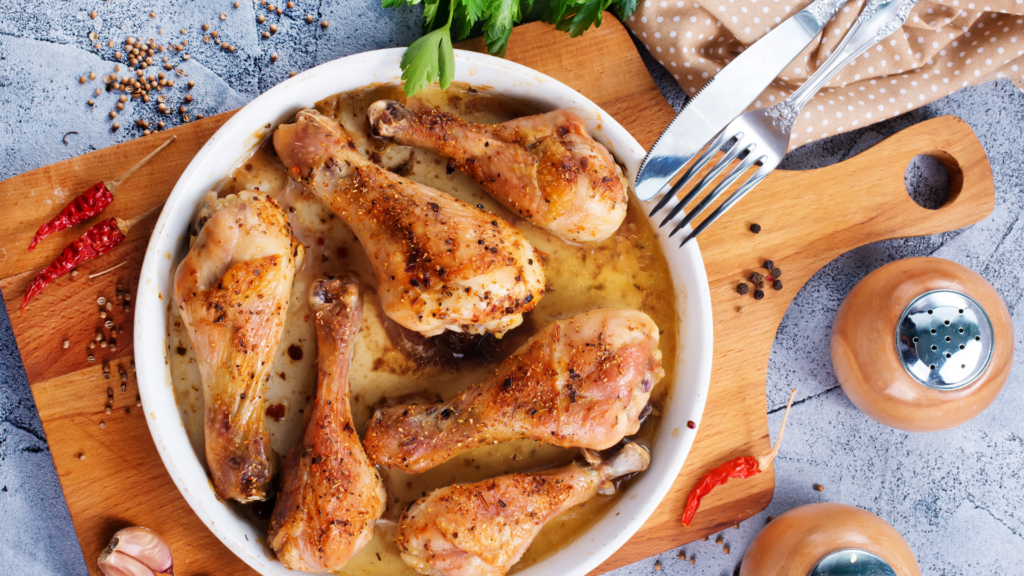
What about vegan and vegetarian diets?
Well, the collagen protein is only found as a whole protein in animal sources. You can, however, get the different amino acids that make collagen from vegetable sources, as well as dairy. The amino acids in vegetable sources like lentils or legumes for example, is not the same ratio as in animal sources.
This means that there might be more of one amino acid and not enough of another. You may need to combine different kinds of vegetable foods to get the full spectrum of amino acids to build collagen.
So it might be a bit more difficult for the body to build the collagen protein and you need to make sure you get enough of the amino acids to be able to make enough collagen that you need throughout the body, not just skin.
If you choose to eat a vegan or vegetarian diet and want to improve your skin health by increasing your skin’s collagen, you may want to consider a collagen supplement.
In summary
Good sources of collagen are organ meats, bone broth, gelatin, seafood, skin and other parts of animals (such as chicken and turkey), egg whites.
You’ll find my best healthy recipes for skin health and for boosting collagen here.
Nutrition Matters Skin –
Your complete guide to beautiful skin from within!

